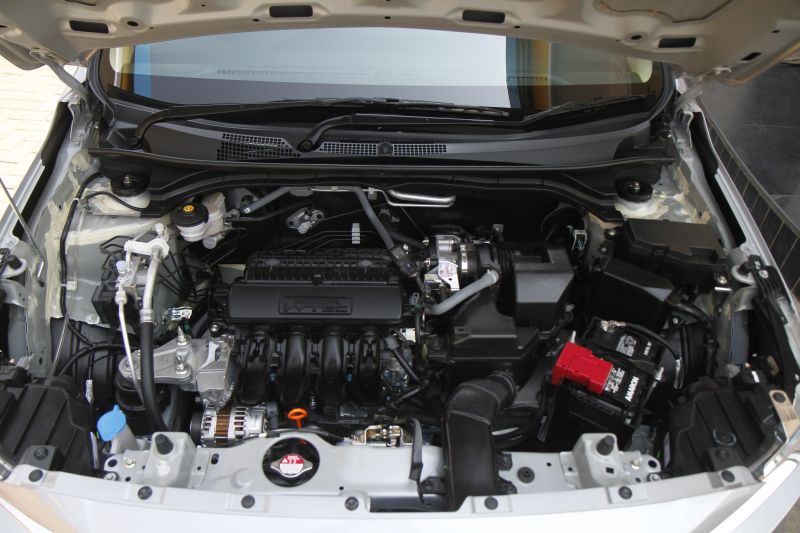
This brings us to the powertrains which, though not new, have had major updates. The 1.2-litre petrol still makes 90 PS at 6,000 rpm and the 110 Nm of torque peaks at 4,800 rpm. It still is one of the most refined motors in the segment. But the i-VTEC now gets some clever tech to make it more frugal – like the single-valve idling, where the engine idles one intake per valve at lower revs. This improves fuel economy, much to the delight of Indian car buyers. Honda claim a 19.5 km/l for the manual petrol and 19 km/l for the CVT. Driving the automatic I managed to get 13.5 km/l on an average though a heavy left foot dropped it to 10 km/l.
Talking about performance the small 1.2-litre manual feels brisk and the shorter first and second gears are ideal for city use. You can hit 100 km/h driving in the taller third gear, slot in to fourth and in a few moment you’re past 130 km/h, while shifting to fifth takes it closer to its top speed which is close to 140 km/h.
It’s just the petrol that is equipped with paddle-shifters, and rightfully so. The puny 1.2-litre petrol needs some poking for rapid acceleration. You can either use the more docile ‘D’ mode or slot in to the peppier ‘S’ mode which makes the motor rev harder. Using the steering mounted shifters you can toggle between the seven step ratios. It might not be as quick as its manual counterpart from 0-100 km/h, but feels effortless from 40-100 km/h. For a city dweller, this is more important than outright acceleration. The biggest attraction of the CVT is the huge convenience it offers in the urban traffic conditions. If I had to pick, I would go for the automatic.
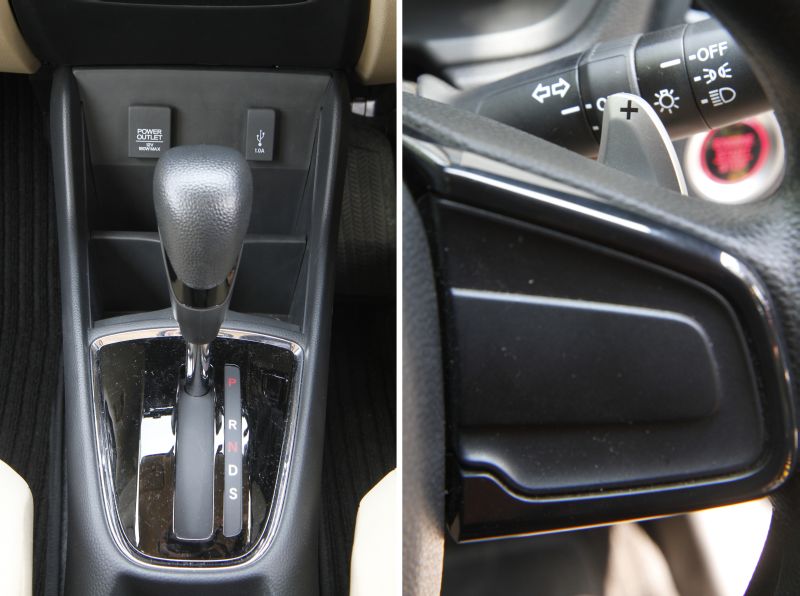
Staying on the AT topic, the highlight of the new Amaze is the segment-first CVT option on the 1.5-litre diesel. This is the first time Honda has paired a CVT with a diesel engine. Surprisingly, here it makes 20 per cent less power and torque compared to the manual version of the oil-burner. So, instead of 100 PS, the CVT variant produces 80 PS and 160 Nm: 20 PS and 40 Nm less than the MT. Interestingly, the power and torque still peak at the same rpm in both the diesel variants. Honda’s engineering team say this has been done on purpose so that the CVT automatic can utilise maximum power and torque and at the same time offer smooth acceleration.
We got limited time on the driver’s seat so couldn’t compare the versions using our test equipment. But from the city driving experience, it’s tough to fault the less powerful AT as it feels impressively quick for the segment. The characteristics of the diesel CVT serve most of the torque at pretty low revs which give it linear acceleration. Compared to an AMT diesel, which, during quick overtaking manoeuvres, has to shift down making the drive unpleasantly jerky, the CVT remains butter-smooth. This is because there are no gears and the CVT constantly changes the ratios. But the drawback is during hard acceleration, it has that rubber-band like stretchy feel to it. This is more prominent in the petrol version because of the lower torque it produces.
Apart from the ‘D’ and ‘S’ modes, the diesel auto also gets an ‘L’ position, which is a low-gear mode that can be used to tackle steep inclines. Compared to the petrol, the diesel CVT uses a different set-up, oil-pump and even overall gearing. The diesel CVT also doesn’t get paddle-shifters. Honda engineers claim that the oil-burner has enough grunt and ample torque to not require a forced down-shifts, hence no quick-shifters. To be honest, you rarely feel the need of shifting down, because there’s plenty of power on tap to keep surging on. It has the usual diesel clatter but the vibrations have been reduced to a good extent. Be it manual or CVT the diesel is capable of returning close to 20 km/l on an average.
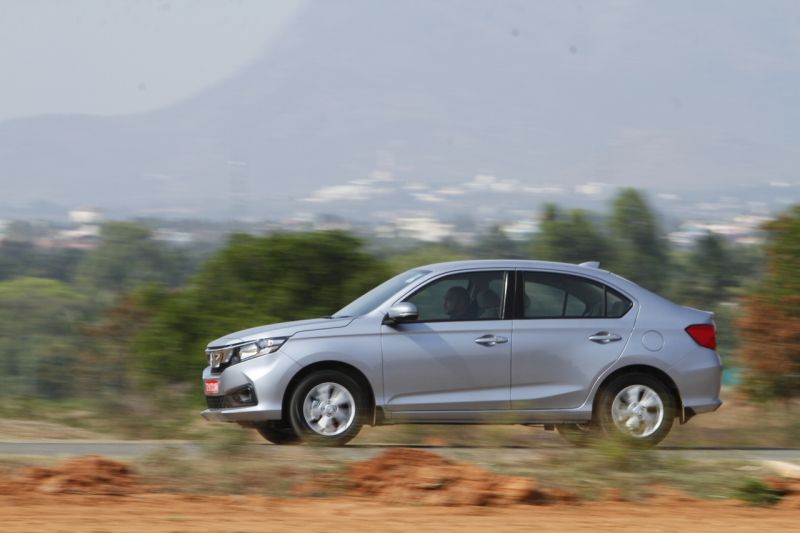
It reached 100 km/h a couple of seconds faster than its petrol sibling and pulled strongly with the speed showing 150 km/h as we ran out of empty road. Even at this speed, the steering had good feedback and didn’t become lifeless like some of its rivals. The handling, too, has gone up a few notches. It’s still not the sportiest in its class but, for a city-centric vehicle, it feels reassuring, composed and more fun to drive than before.
That brings us to another bright spot of the car – its ride. The new 2UA platform is made up of 22 per cent more high-tensile steel which has shaved off 17 kg, made it safer and also more agile. With the tweaked suspension setup, the car has a ride which is focused on passenger comfort. To reach these spectacular locations we did some serious off-road driving which wouldn’t have been possible without the pliant suspension and the higher ground clearance.
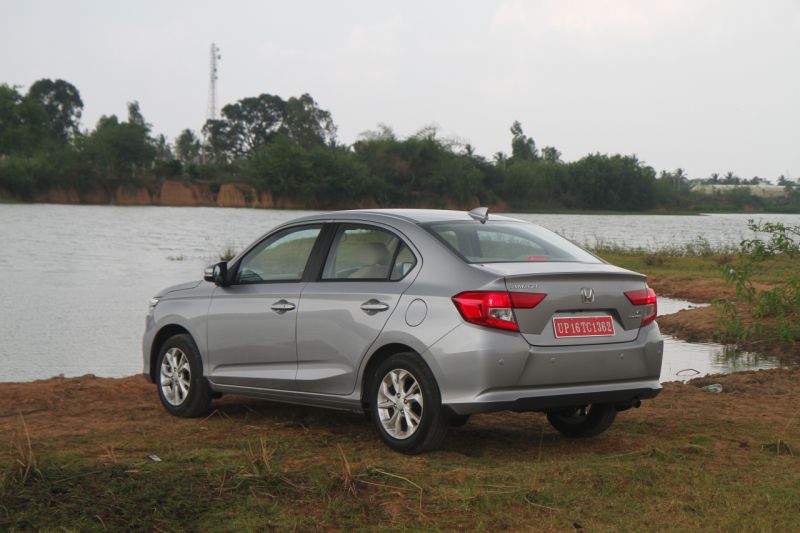
The five-speed manual-gearbox diesel, like the CVT, is quite a performer and those who really enjoy driving will prefer the MT over the AT. But, with the growing city traffic and stressful lifestyle, the diesel CVT seems to be the best variant of the lot. The effortless power cruising will ensure that driving back home even after a long day in office won’t feel like a herculean task. The new Amaze has been launched with a starting price of Rs 5.59 lakh (ex-showroom, India). Since the segment has evolved drastically over the last few years, I feel the buyers will be willing to shell out a little more to afford a top-end CVT version with the new touchscreen infotainment system.











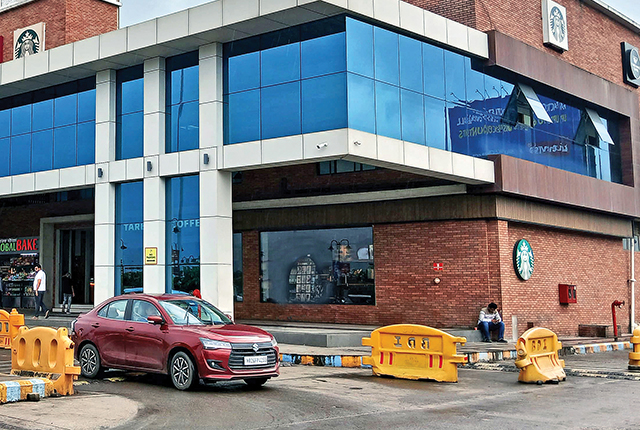








Honda Amaze Launched | Car India: India's leading dedicated car magazine | Latest News, Scoops, Reviews and Specs
[…] For more details check out our first drive review: here […]